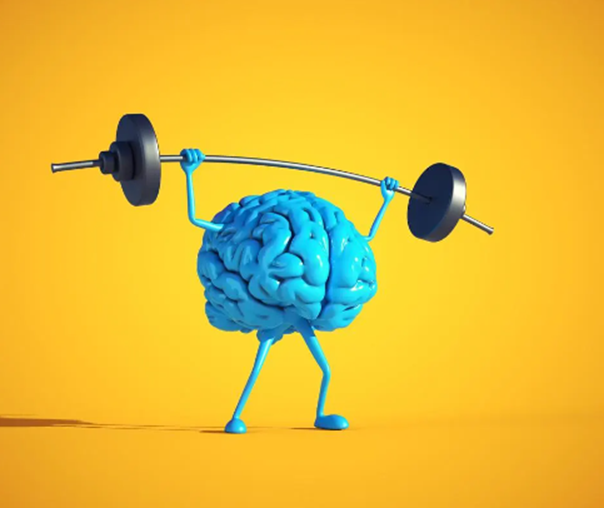Change is a constant in today's fast-paced work environment. Whether it's a company restructuring, a new management team, or adopting new technologies, change can often feel overwhelming. However, staying positive and productive during these times is not only possible but can be an opportunity for personal and professional growth. Here’s how you can navigate work changes while maintaining your positivity and productivity.
1. Embrace a Growth
Mindset
Change often brings uncertainty, which can lead to stress or frustration. However, by adopting a growth mindset, you can view change as an opportunity rather than a setback. A growth mindset allows you to see challenges as chances to learn and develop new skills. Instead of resisting the changes, focus on how they can help you grow in your role or expand your abilities. This perspective shift can turn anxiety into enthusiasm and help you adapt more easily to new situations.
2. Communicate Openly and Honestly
During times of change, communication is key. Seek clarity from your team leaders about how the changes will impact “business as usual, expectations and current deadlines. Don’t hesitate to ask questions or voice concerns, as transparency reduces uncertainty and anxiety. Similarly, maintain open lines of communication with your colleagues. Sharing experiences and supporting one another creates a positive work environment, even during tough transitions.
3. Focus on What You Can Control
4. Maintain Your
Routine
5. Take Care of Your
Mental and Physical Health
6. Lean on Your Support
Network
Don’t go through the changes alone. Lean on your colleagues, friends, and mentors for support. Sharing your concerns and listening to others' experiences can provide new perspectives and insights on how to navigate changes effectively. Sometimes, just knowing that others are going through the same experience can make the transition feel less daunting. Additionally, external support from family and friends can help you maintain a balanced perspective.
7. Stay Flexible and
Adaptable
8. Celebrate Small Wins
During times of transition, it's easy to focus on the negatives or the uncertainties. Take time to acknowledge small victories – whether it's mastering a new task, completing a project, or successfully navigating a challenging day. Celebrating these achievements can boost your morale and remind you of your capabilities, keeping your motivation high.
Conclusion































